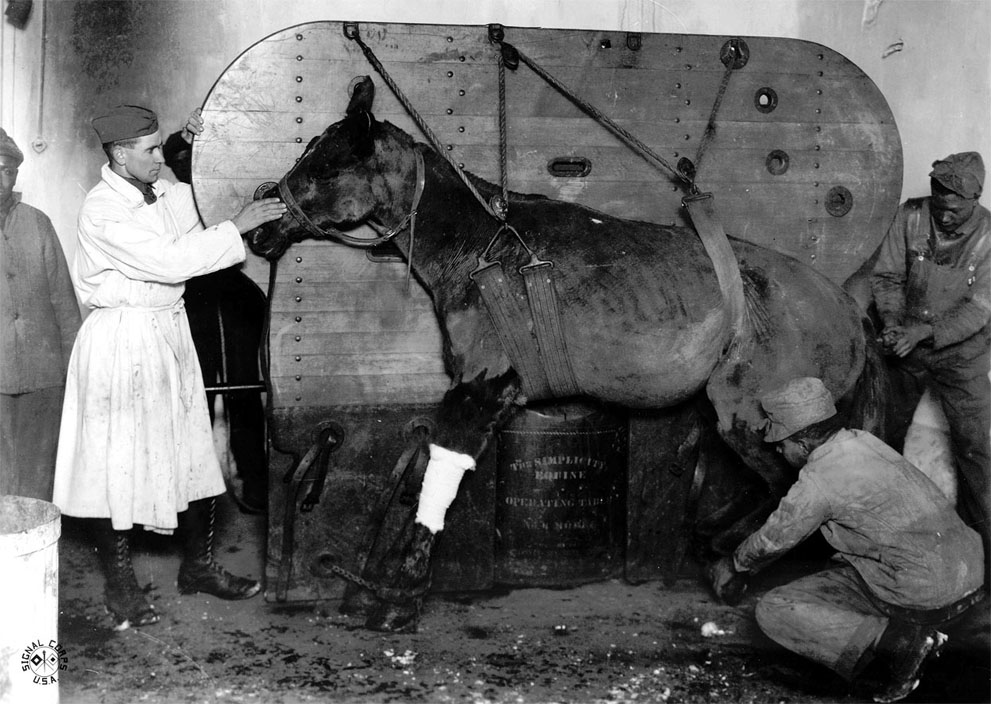Dogs after Armistice
March 17, 2015
The stray poodle in the photograph below was found in a French village by the men pictured. They fed it some bully beef and it stayed with the 50th Battalion as a mascot.
Following Armistice, they smuggled the dog back to England inside a base drum as units had been told to leave mascots behind. When the band was asked to play to the men on their return, the Sergeant Major noticed the drummer was trying to play very quietly…
The dog was found a home in England.
This is Driver, a silky terrier who was the mascot for the 7th Field Company, at his leisure following Armistice.
Images courtesy of the Australian War Memorial
















